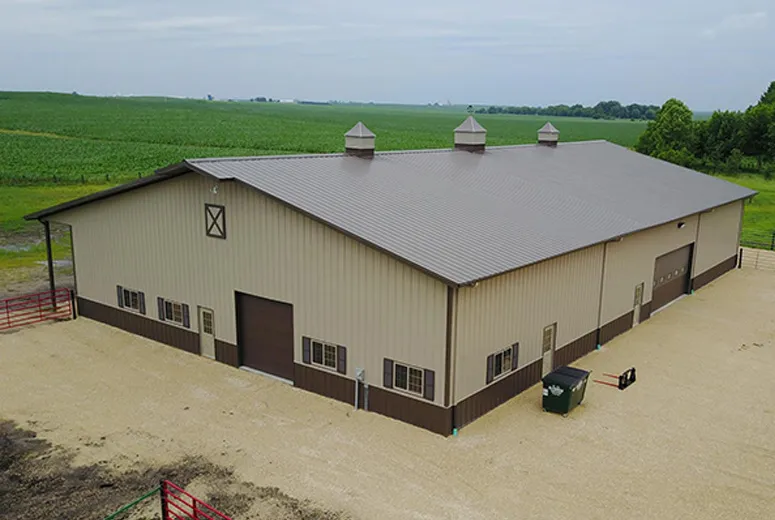- Afrikaans
- Albanian
- Amharic
- Arabic
- Armenian
- Azerbaijani
- Basque
- Belarusian
- Bengali
- Bosnian
- Bulgarian
- Catalan
- Cebuano
- Corsican
- Croatian
- Czech
- Danish
- Dutch
- English
- Esperanto
- Estonian
- Finnish
- French
- Frisian
- Galician
- Georgian
- German
- Greek
- Gujarati
- Haitian Creole
- hausa
- hawaiian
- Hebrew
- Hindi
- Miao
- Hungarian
- Icelandic
- igbo
- Indonesian
- irish
- Italian
- Japanese
- Javanese
- Kannada
- kazakh
- Khmer
- Rwandese
- Korean
- Kurdish
- Kyrgyz
- Lao
- Latin
- Latvian
- Lithuanian
- Luxembourgish
- Macedonian
- Malgashi
- Malay
- Malayalam
- Maltese
- Maori
- Marathi
- Mongolian
- Myanmar
- Nepali
- Norwegian
- Norwegian
- Occitan
- Pashto
- Persian
- Polish
- Portuguese
- Punjabi
- Romanian
- Russian
- Samoan
- Scottish Gaelic
- Serbian
- Sesotho
- Shona
- Sindhi
- Sinhala
- Slovak
- Slovenian
- Somali
- Spanish
- Sundanese
- Swahili
- Swedish
- Tagalog
- Tajik
- Tamil
- Tatar
- Telugu
- Thai
- Turkish
- Turkmen
- Ukrainian
- Urdu
- Uighur
- Uzbek
- Vietnamese
- Welsh
- Bantu
- Yiddish
- Yoruba
- Zulu
Dec . 04, 2024 09:26 Back to list
The Art and Engineering of Steel Pavilion Design
Steel pavilions are an embodiment of architectural innovation, blending functionality with aesthetic appeal. As lightweight structures that often function as temporary or semi-permanent installations, they serve various purposes, from exhibition spaces and art installations to recreational areas and community gathering spots. The design of steel pavilions has evolved significantly over the years, driven by advancements in technology, an increasing focus on sustainability, and the need for versatile public spaces.
The Versatility of Steel
Steel is revered in the realm of architecture for its remarkable strength-to-weight ratio, making it an ideal choice for pavilion construction. Structures made from steel can span large areas without requiring numerous supporting columns, offering designers greater flexibility in layout and spatial configuration. This versatility enables architects to craft open, airy environments where the boundaries between indoor and outdoor spaces can blur.
The use of steel also allows for a variety of design styles. From sleek, modern lines to intricate, curved forms, steel can facilitate a multitude of aesthetic visions. The material can be coated, painted, or left exposed, providing opportunities for creative expression that aligns with the vision of the project. With techniques like CNC cutting and advanced welding processes, designers can explore complex geometries that enhance the visual intrigue of the pavilion.
Sustainable Considerations
In recent years, sustainability has emerged as a central theme in architectural design, and steel pavilions are no exception. The use of steel is inherently sustainable as it is recyclable, reducing the demand for new materials and minimizing environmental impact. Furthermore, advancements in steel manufacturing have significantly decreased energy consumption during production.
Moreover, the design of steel pavilions often emphasizes passive design principles that can enhance their environmental performance. Large overhangs can provide shade and reduce cooling demands during hot weather, while strategically placed openings can improve natural ventilation. Incorporating green roofs or vertical gardens not only adds aesthetic value but also enhances biodiversity and helps manage stormwater runoff.
Collaboration between architects, engineers, and environmental consultants can lead to innovative solutions that maximize the pavilion's energy efficiency. For instance, the integration of photovoltaic panels or wind turbines can contribute to the energy needs of the pavilion, enabling it to function as an independent power-generating unit.
steel pavilion design

Cultural and Community Relevance
Steel pavilions often serve as cultural landmarks and points of community engagement. Their design can reflect the local context, incorporating elements that resonate with the surrounding environment and culture. For example, a steel pavilion in a coastal city may feature wave-like designs or materials that echo the colors of the beach, while one in an urban setting may highlight the geometric forms of the cityscape.
Furthermore, the flexible nature of pavilion spaces fosters community interaction. By providing venues for markets, performances, or art displays, these structures can become vital parts of local culture. They may encourage social cohesion by acting as gathering places where community members can participate in events and celebrate their shared identity.
Future Trends
As the field of architecture continues to evolve, innovative approaches to steel pavilion design are on the rise. Embracing technology such as digital fabrication and parametric design enables designers to create pavilions that respond dynamically to their environment. Further exploration of smart materials, which change properties in response to environmental stimuli, could lead to future pavilions that actively engage with their surroundings.
Moreover, the growing emphasis on resilience in architecture points to a future where pavilions are designed to withstand climatic extremes. This aspect will be particularly important as cities face the realities of climate change, prompting architects to create adaptable structures that can serve multiple functions over time.
Conclusion
The design of steel pavilions encapsulates a harmonious blend of engineering, artistry, and sustainability. As architects continue to explore the possibilities inherent in this material, steel pavilions will undoubtedly play a pivotal role in shaping our urban landscapes and enhancing community life. Their aesthetic appeal, functionality, and environmentally friendly properties make them a vital aspect of contemporary architecture, paving the way for future innovations.
-
How Do Prefabricated Steel Structures Transform Modern Construction?
NewsJul.14,2025
-
How Do Prefabricated Metal Buildings Redefine Modern Construction?
NewsJul.14,2025
-
How Do Prefab Insulated Metal Buildings and Steel Structures Revolutionize Modern Construction?
NewsJul.14,2025
-
How Do Pre - Engineered Steel Structures Redefine Modern Construction?
NewsJul.14,2025
-
Advancing Modular Construction with Prefabricated Metal Structures
NewsJul.14,2025
-
Advancing Industrial Infrastructure with Prefabricated Steel Solutions
NewsJul.14,2025
Products categories
Our Latest News
We have a professional design team and an excellent production and construction team.












